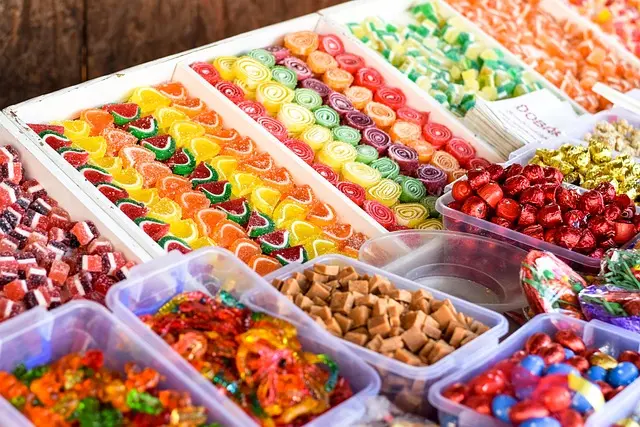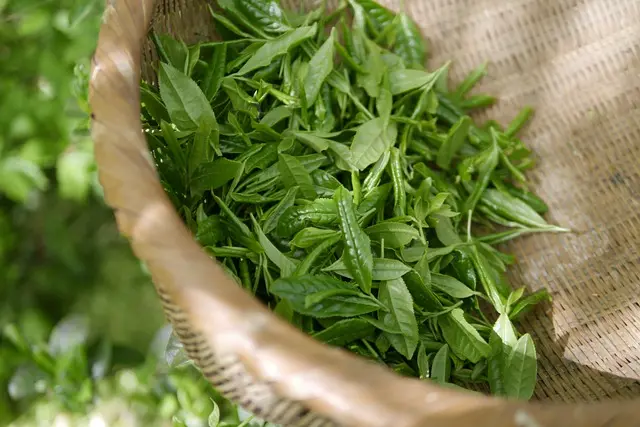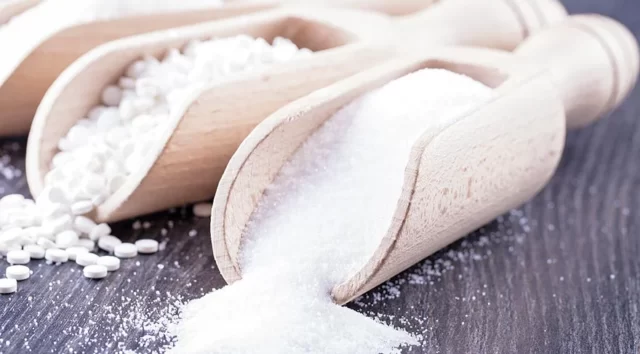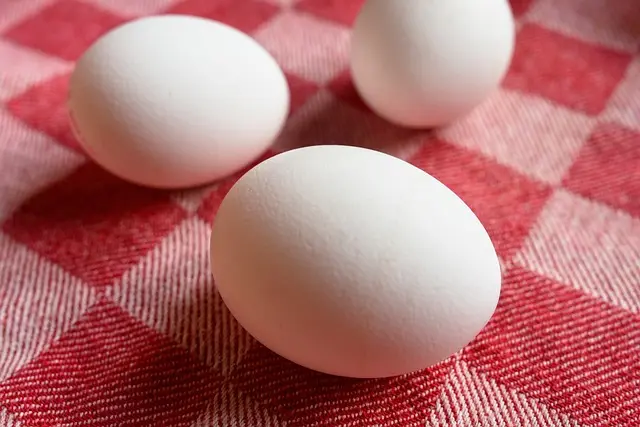
Jam is among the breakfast foods we cannot give up. It is a product with a lot of variety. Cherry, strawberry, orange and more.. Have you ever wondered how jam is produced? Let’s see together.
Let’s start with the raw material first. We cannot obtain a quality product without a quality raw material. Fruits that meet the quality criteria are accepted into the business and are subjected to some pre-processes. These pre-processes are sorting, washing, core removal, stalk separation and chopping. The pre-treatments to be applied vary according to the type of fruit to be used in production. The purpose of these processes is to reduce the microbial load and to prepare the fruits for production.
One of the raw materials used other than fruit is sugar. The purpose of use of sugar is to increase the dry matter content. Deterioration is not easy in foods with high dry matter content. It also adds flavor. The sugar used is sucrose. In addition to sucrose, glucose syrup and sweeteners may also be present. The situation is different for diabetic products.
After the raw materials are prepared, auxiliary materials are also prepared for production. Excipients are pectin and acid. Pectin is for gel forming purposes. Since the pectin from the fruit is not sufficient, it is added additionally. Acid types such as citric acid, malic acid, tartaric acid are generally used to adjust the acidity. The acid used not only adjusts the acidity of the environment, but also adds flavor and aroma. The amount of substances to be used varies according to the recipe of the product.
After the raw materials and auxiliary materials are prepared, the cooking stage is started. The purpose of the cooking process is to evaporate the water used and to adjust the dry matter content. Two methods of cooking are preferred. These; cooking in open boiler and cooking under vacuum.
Cooking in an open boiler
Fruit, water and some of the sugar are added to the boiler according to the amount in the recipe. And it is started to be heated by mixing. Then the other part of sugar is added. It is boiled to the desired dry matter level. Pectin and acid are added. And the product is taken from the boiler. The amount of dry matter is generally around 67-68%. It is cooled to the filling temperature. Filling is done in the predetermined packaging. The filling temperature is around 85-88°C.
Cooking under vacuum
There is no need for high temperature application in this method. The water in the mixture is removed under reduced pressure. Fruit, sugar and water are mixed in the mixing vessel and heated to around 60-65°C. The sugar dissolves. Then it is taken to the vacuum boiler. It is cooked under vacuum to the desired dry matter content. (Around 60°C) Then the vacuum is removed and taken to the final cooking tank. It is heated to 80-85 °C. Pectin and acid are added. Then the mixture is filled. With the use of vacuum cooking technique, HMF formation is minimized. Disadvantages such as color changes are reduced.
After the cooking and filling processes are completed, the packages are pasteurized. It is stored after label operations are performed.
There are also manufacturers who use auxiliary substances other than pectin and acid in jam production. Such as flavorings, colorants, gelling agents. The use of such substances is subject to legislation. Allowed additives may be used in the permitted amount. When you check the content while buying a product, you can see what is used in production and make your choices accordingly.







Best jam is strawberry jam 👏
i think the best jam is cherry jam 🙂